How Kopi Luwak is made of Kopi Luwak flavor characteristics story Kopi Luwak cooking tutorial
Professional coffee knowledge exchange more coffee bean information please follow the coffee workshop (Wechat official account cafe_style)
When it comes to Kopi Luwak, it has always been a controversial topic. Qianjie coffee is also on Kopi Luwak shelves, but! Qianjie believes that there is nothing wrong with the formation of Kopi Luwak itself. the problem is that the people who lock up civets force them to eat only mature or immature coffee berries, just to increase the yield of Kopi Luwak, thus giving rise to these cruel things. this is no longer the category of coffee we are talking about. Let's talk about Kopi Luwak in front of this article.
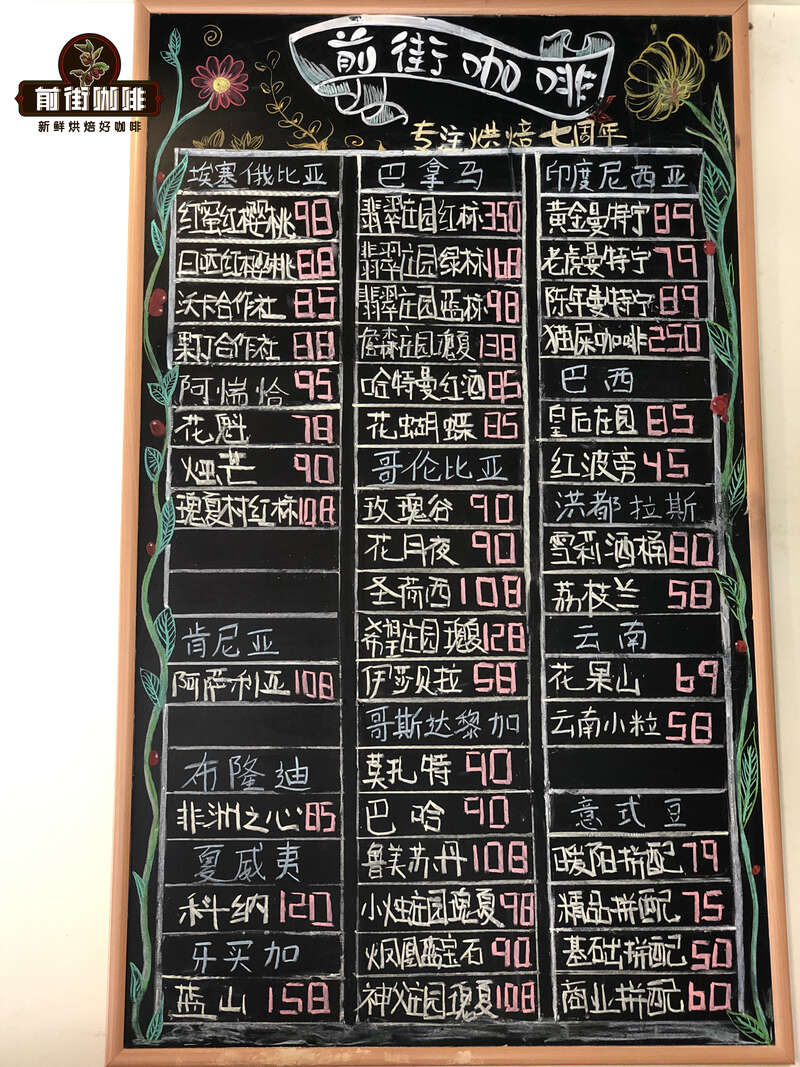
Kopi Luwak
Civet coffee Kopi Luwak (also known as Kopi Luwak) is believed to be a household name for coffee. As we all know, the most expensive coffee in the world is "Kopi Luwak", and it is also the coffee with the least production. Its annual output is limited, because the coffee beans are fermented in the body, the flavor has a special herbal aroma, and the thickness of the alcohol is excellent. So Kopi Luwak became the darling of the rich, and its price is also very expensive. Although the price is expensive, generally speaking, the variety and quality of beans are average.
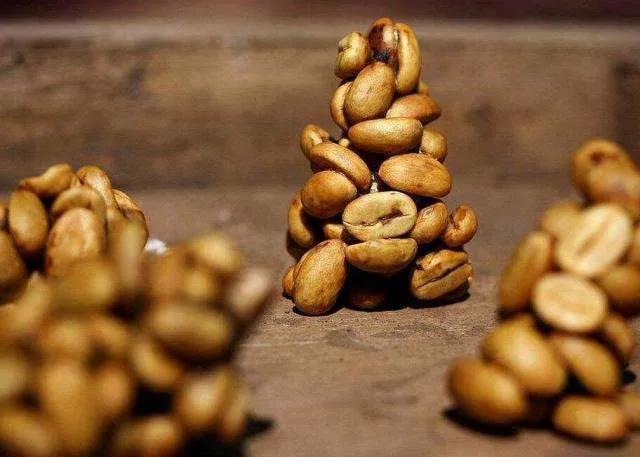
Musk cats mainly inhabit tropical rain forests in hills and mountains below 2100 meters above sea level, shrubs and grasses on the edge of subtropical evergreen broad-leaved forests, and choose caves, soil caves or tree caves as habitat sites. The varieties of these coffee beans are generally Robusta, because the civet activities are in the middle and low elevations, so most of the coffee varieties are Robusta. Kopi Luwak production is rare in Arabica at high altitudes.
What does Kopi Luwak taste like?
Musk cats have a variety of food habits, animal foods include small beasts, birds, and so on, and plant foods include stems and leaves of Solanaceae, seeds of various figs, cloth dregs, sour berries, etc., but civets have poor digestibility of plants, so eating berries is their dessert, and their staple food is meat. Because of their poor digestion of plants, they mainly live in broad-leaved forests, bushes and farming areas of South and Southeast Asia, and these areas are suitable for the growth of coffee trees. so most of the cranberries eaten by civets are coffee berries, while civets can digest only the skin and pulp of the berries, and the kernels in the berries, that is, coffee beans, will eventually be excreted from the body. Due to the civet's habitat in the low-altitude areas of Indonesia, and the coffee breed is a very low-quality robusta beans, Kopi Luwak will have the taste of the dirt and herbs of these robusta beans. Coupled with the special treatment, the coffee is so thick that it tastes like a thin sugar, mellow and solid.
Special treatment of Kopi Luwak-in vivo fermentation
In the early days, local people picked up the droppings of wild civets in the forest, extracted undigested coffee seeds and processed them into raw beans. Due to its low yield, it has a unique way of fermentation in vivo. Later, many businessmen aimed at business opportunities and began to catch civets in captivity. Civets who were supposed to eat meat could only eat coffee berries. The nutrients in coffee berries do not keep civets healthy.
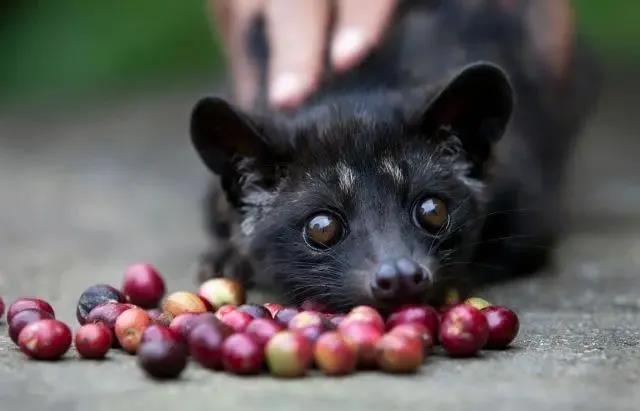
They believe that although coffee beans are not digested in the civet's digestive tract, strong corrosive digestive juices have corroded its surface, and there is a special protease in these digestive juices that breaks down the original protein chain of coffee beans. break down long-chain proteins into small particles to form short-chain peptides and amino acids. But in fact, because they only eat coffee berries for a long time, civets may expel the coffee beans for an hour or two after they eat them, and the coffee beans in the civets' stomach for an hour or two are not enough to produce a series of changes mentioned above. Beans are still the same beans when they are eaten, and even if there is a change in flavor, it is a little change.
On Qianjie's neutral view of Kopi Luwak
Qianjie Coffee believes that there is nothing wrong with the formation of Kopi Luwak itself. The civet recognizes ripe coffee fruit through its nose, and Esser's red cherries are also harvested fully ripe coffee, both of which are similar. The people who have the problem are those who lock up the civets. Forcing them to eat only mature or immature coffee berries, just to increase the yield of Kopi Luwak, thus giving rise to these cruel things, is no longer part of the category of coffee we are talking about.
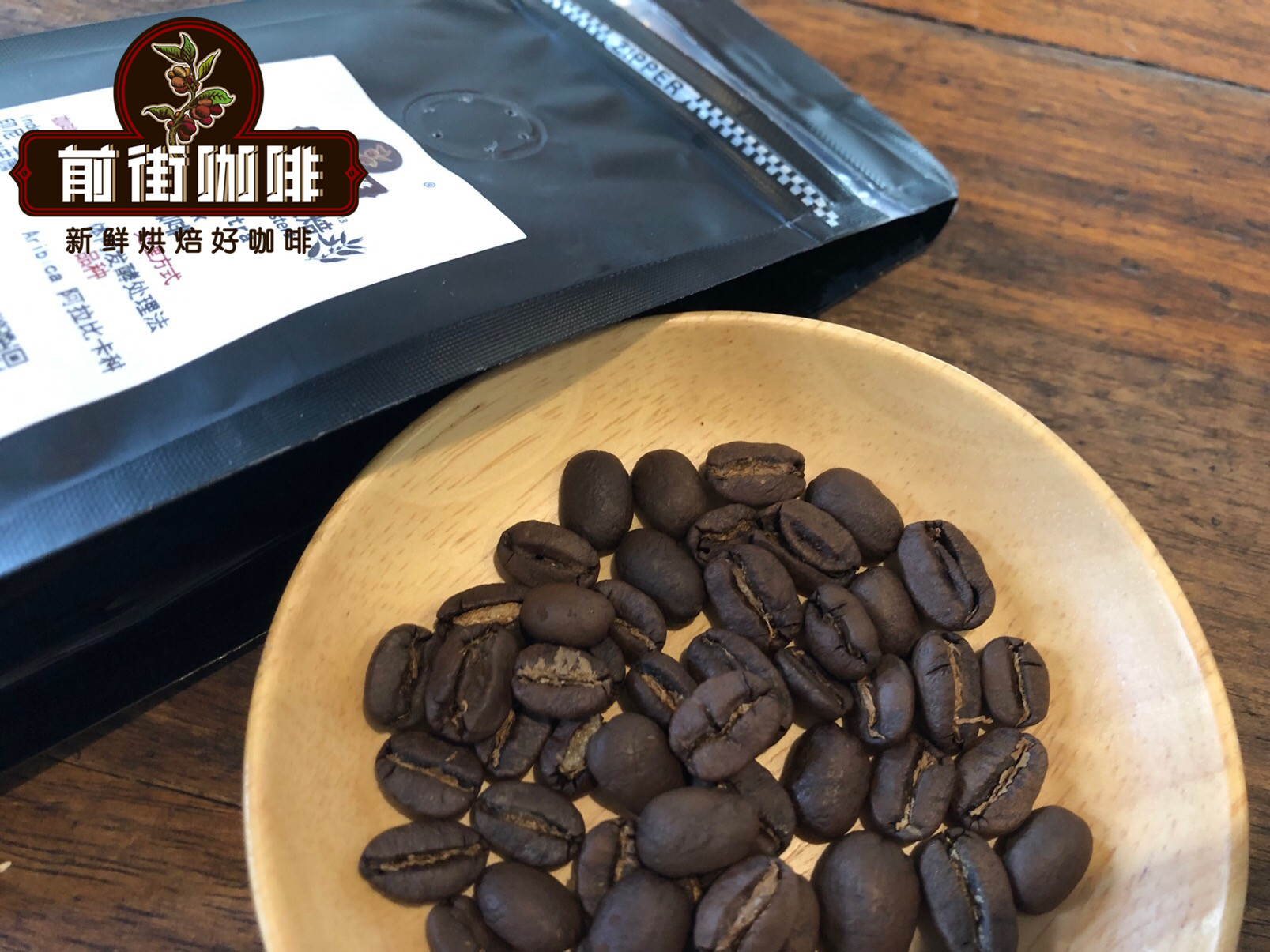
Imagine that if it tastes good through the digestive tract, it will cause you to feed it a lot of raw or cooked coffee beans, which is why there are so many farmed Kopi Luwak of Vietnam, Yunnan Kopi Luwak, and Kopi Luwak of Indonesia. Qianjie Coffee believes that only coffee beans from ripe coffee berries will taste good. So, even if we continue to produce Kopi Luwak, we can only create a large mobile area for it to choose the coffee berries they see fit, while there are other sources of food for them.
Can the in vivo treatment of Kopi Luwak be replaced by technology?
The excessive popularity and high price of this kind of coffee may result in the forced imprisonment of wild animals and forced to make coffee beans, which is not necessary to persecute wild animals for the sake of appetite.
According to online reports, with the development of microbial technology, people are also trying to ferment raw coffee beans in a more environmentally friendly way. For example, some people are working on using modern technology and microtechnology to simulate the intestines and stomachs of civets to process coffee fruits. If the research is successful, the simulated Kopi Luwak will not pose a threat to wildlife and will be able to produce high-quality coffee.
How to cook Kopi Luwak in Qianjie?
In order to better show the herbal flavor and mellow taste of Kopi Luwak, Qianjie coffee roasted cat poop coffee beans are roasted at medium depth. The dewatering rate of medium and deep baked beans is generally higher, so the weight is relatively light, and the powder does not sink completely at the bottom when cooking, and the injected water will be absorbed immediately at the beginning, because the exhaust powder is surrounded by bubbles, and the more fresh the beans in these channels, the longer the maintenance time, so that the water level drops rapidly. I usually use thick water to circle slowly. Qianjie will use KONO filter cup to cook, because it can bring out a more round and mellow taste will be more direct.
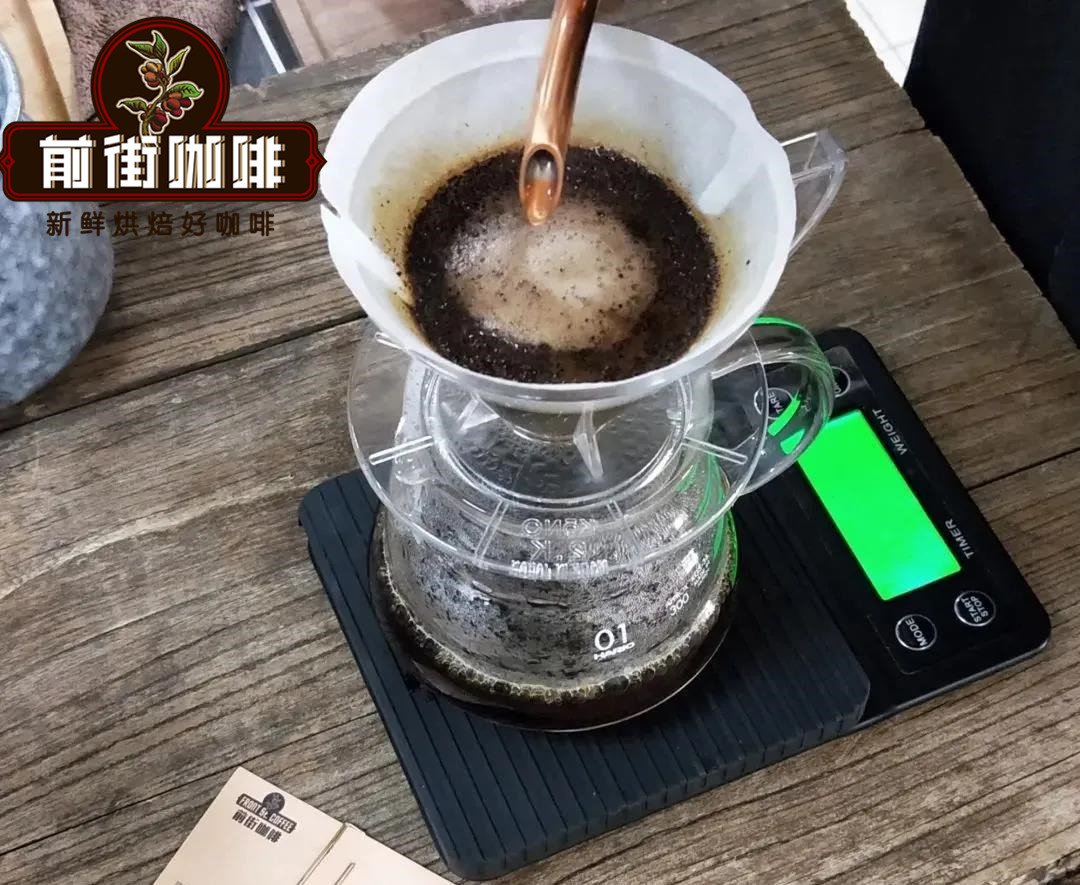
Cooking parameters: water temperature 86-87 degrees grinding degree: BG#6w powder-water ratio: 1:15 (15g powder 225ml water)
The front street uses segmented extraction: steaming with 30 grams of water for 30 seconds, small water injection to 125 grams, continuous water injection to 225 grams when the water level is about to be exposed to the powder bed, and removing the filter cup when the water level is about to expose the powder bed. (the time of steaming starts) the extraction time is 2 minutes 39 percent.
Kopi Luwak flavor description: herbs, nuts, dark chocolate, fermented taste.
For more boutique coffee beans, please add private Qianjie coffee on Wechat. WeChat account: kaixinguoguo0925
Important Notice :
前街咖啡 FrontStreet Coffee has moved to new addredd:
FrontStreet Coffee Address: 315,Donghua East Road,GuangZhou
Tel:020 38364473
- Prev
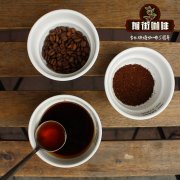
Introduction of Colombian decaf coffee varieties the flavor characteristics of Colombian pointed bourbon coffee beans
Professional Coffee knowledge Exchange more information on coffee beans Please follow the coffee workshop (official Wechat account cafe_style) the pointed bourbon is one of the rarest coffees in the world. It was discovered by Rayloy, a coffee farmer on the island of Reunion (formerly Bourbon) in 1810. The reason why it is precious is that there is a reason.
- Next

How much does a cup of coffee cost?
Professional coffee knowledge exchange More coffee bean information Please pay attention to coffee workshop (Weixin Official Accounts cafe_style) Elephant feces coffee, known as black ivory coffee beans, is naturally extracted by Asian elephants, coffee fruit is in the elephant stomach digestion process, enzymatic decomposition of the protein in the coffee beans, so this elephant feces coffee taste not bitter, with milk chocolate
Related
- Detailed explanation of Jadeite planting Land in Panamanian Jadeite Manor introduction to the grading system of Jadeite competitive bidding, Red bid, Green bid and Rose Summer
- Story of Coffee planting in Brenka region of Costa Rica Stonehenge Manor anaerobic heavy honey treatment of flavor mouth
- What's on the barrel of Blue Mountain Coffee beans?
- Can American coffee also pull flowers? How to use hot American style to pull out a good-looking pattern?
- Can you make a cold extract with coffee beans? What is the right proportion for cold-extracted coffee formula?
- Indonesian PWN Gold Mandrine Coffee Origin Features Flavor How to Chong? Mandolin coffee is American.
- A brief introduction to the flavor characteristics of Brazilian yellow bourbon coffee beans
- What is the effect of different water quality on the flavor of cold-extracted coffee? What kind of water is best for brewing coffee?
- Why do you think of Rose Summer whenever you mention Panamanian coffee?
- Introduction to the characteristics of authentic blue mountain coffee bean producing areas? What is the CIB Coffee Authority in Jamaica?

